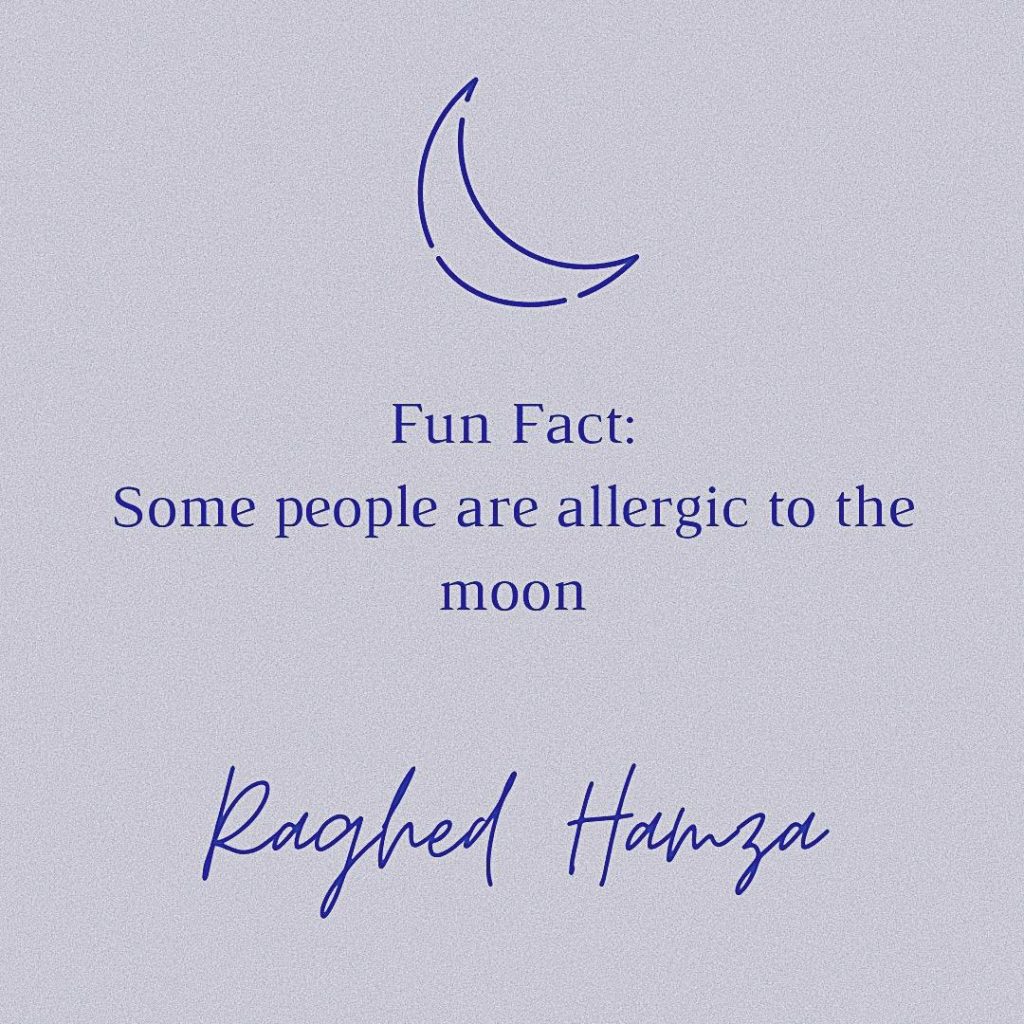
Writer: Raghed Hamza
Editor: Ahmed Ashry
1) Some People Are Allergic To The Moon.
During the Apollo 17 mission, the last of the Apollo Project missions, astronaut Jack Schmitt landed on the moon, took some rock samples, collected tons of moon dust on his spacesuit, then went back inside
the moon lander. Upon removing his suit and interacting with the dust on his spacesuit, Schmitt experienced mild symptoms and vexation in throat, nose, sinuses and eyes. It’s safe to say that he wore gloves and a mask every time he handled moon rocks and dust after that. Apollo 17 remains one the
most successful Apollo missions, as its crew brought back the largest amount of rocks in a single mission.
2) There Is Concrete Evidence of Long Gone Running Water on Mars.
During analysis of some pictures captured by satellites orbiting Mars in the previous decade, astronomers were dazzled. They showed shallow grooves running around for kilometres on a certain area of planet – empty rivers. This proved, without a shred of doubt, that Mars had flowing water on its
surface at some point in the past, but it was still not enough evidence to prove that water exists on our red neighbor today. Fast forward a decade, two satellites, the ESA’s Mars Express and NASA’s Reconnaissance Orbiter, detected a slab of ice as large as half the continental United States beneath
Mars’s equator. Moreover, extended analysis of the aforementioned “rivers” yielded evidence that salty water run seasonally through some of them. Water is vital for any type of life origination, so its existence gives scientists hope.
3) Earth IS Growing in Mass and Size.
Every day, hundreds of meteors (space rocks and ice) fall to earth. Some burn up in the atmosphere in a fantastic show of light and fire, and some are so large they fall to surface, and become known as meteorites. It’s true that meteors are minuscule in mass relative to earth, but over millions of years, they will become noticeable.






